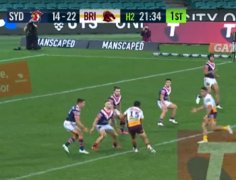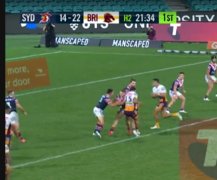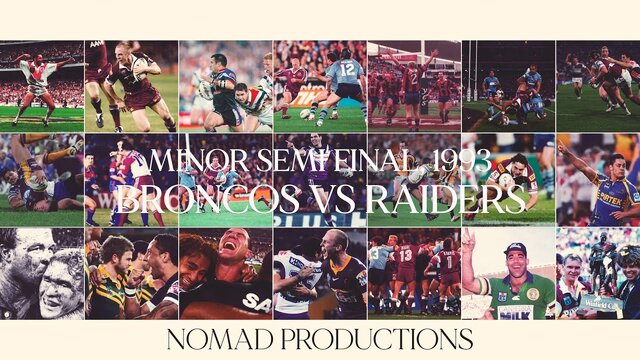Culhwch
NRL Captain
- Mar 28, 2008
- 4,339
- 10,872
Actual rule:
Direction of Pass 1. The direction of a pass is relative to the player making it and not to the actual path relative to the ground. A player running towards his opponents’ goal line may throw the ball towards a colleague who is behind him but because of the thrower’s own momentum the ball travels forward relative to the ground. This is not a forward pass as the thrower has not passed the ball forward in relation to himself. This is particularly noticeable when a running player makes a high, lobbed pass.
Cheers, poor choice of words on my part to say 'interpretation'. I guess I meant the idea of the rule more broadly, as the rule and interpretation as it stands is pretty straightforward. I still think it often relies too heavily on a split-second judgement of an official with no recourse for review.
Also the ball to Palasia was absolutely forward.





